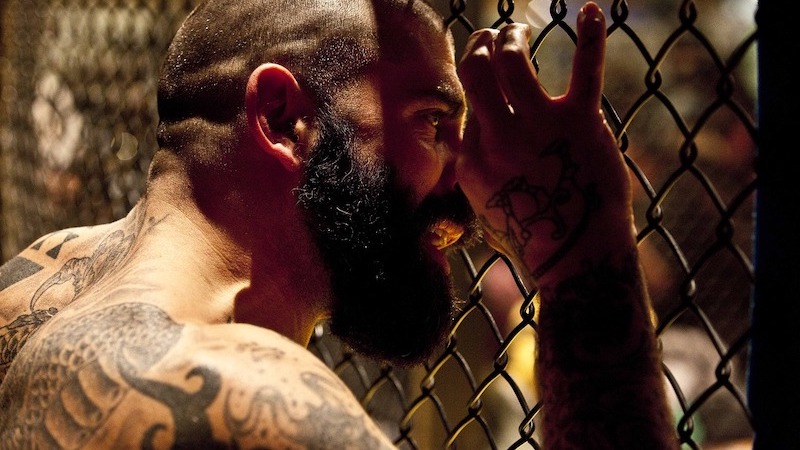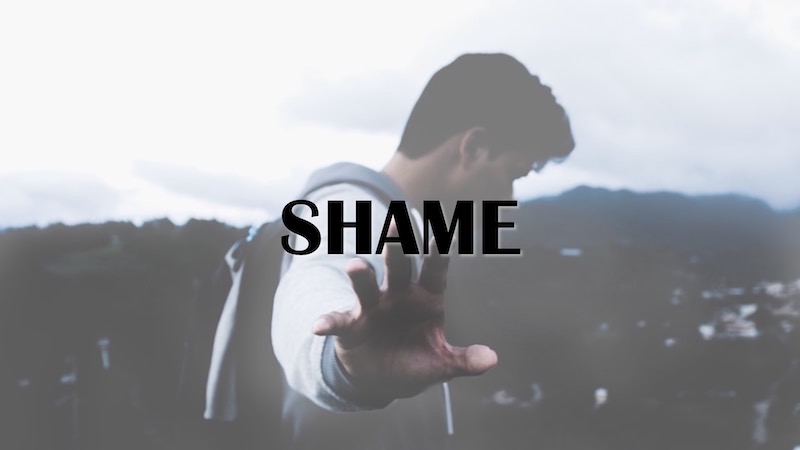Is heavy tattooing a sign of shame?
- 30 November 2023
- Posted by: Michael H Hallett
- Category: Shame ,

A few decades ago, tattooing used to be a mark of an outsider, someone who flaunted social conventions. Prison inmates used tattooed tears to indicate how many times they’d been inside.
The closest thing to an acceptable tattoo was a Royal Navy or Merchant Marine sailor with an anchor on his biceps along with the name of his loved one—quite frequently ‘Mum’. (Sailors are often outsiders who keep a foothold in society largely by staying away from it.)
Later, Chinese characters started appearing on ankles or the base of the neck. They were demure, mysterious and vaguely alluring.
Then at some point tattooing went big time. Perhaps it was David Beckham and the mega-star footballers of the English Premier League that made tattooing acceptable. Fully tattooed arms are now de rigeur in the world’s top footballing divisions. Socially sanctioned by the big money of football advertising deals, tattooing was in.
This raises a question: is heavy tattooing a sign of shame? I interject the word ‘heavy’ to differentiate from those Chinese characters or the butterflies gracing the wrists of those using the butterfly technique to manage urges to self-harm. (I have a friend who successfully gravitated from a razor blade to a felt pen butterfly to a tattooed one.)
The language of shame
There’s a correlation between heavy tattooing and the body language of shame. When you work with emotional intelligence—your own or that of others—long enough you learn to read the signs. There’s a pressure in the face, a brittle, damaged look in the eyes, self-defeating or self-denigrating words that slip into sentences when a more positive lexicon could have been used.
If you’re around for long enough—very often such people tend to slip away: shame has a curiously self-effacing quality—you see the destructive behaviour.
One acquaintance I knew spoke longingly of getting a large tattoo on his back because of the pain involved. He slipped away, leaving the distinct impression that the tattoo was an attack on his own body impelled by his unconscious shame.
Some self-harmers use tattoos as a way of discouraging self-harm. If they spend a lot of money on a tattoo then they won’t damage it by cutting. It’s an expensive variant of the butterfly technique. Others use tattoos to cover up self-harm scars.
Either way, the shame is there. Somewhere. It might be in the tattoo or concealed by it. It might be in the longing to be tattooed.
Tattooing intent
So, what’s the verdict? This is not a scientific survey, just a pulse check based on personal observation. I might be wrong. I’d like to think so; I detest shame no matter whom it affects.
But it’s hard to escape the sense that heavy tattoos are projections of emotional wounds onto the physical bodies.
It all comes down to intent. What’s the real reason for getting this tattoo? No, not the reason that’s swirling around as an intellectual justification… the real reason, the one beneath the skin, the one that’s just beyond articulation. In there, in that grey area where the logical mind gives way to non-verbal, unconscious impulses, lies the answer.
Next steps
For further resources on shame, both free and paid, please click on this image.
Image by Claudio Scott on Pixabay. Cropped to 16:9.
Note: Brooke Scheller has written about the risk of toxicity from the heavy metals in some tattooing inks. The willingness to take such risks is another indicator of body shame.

